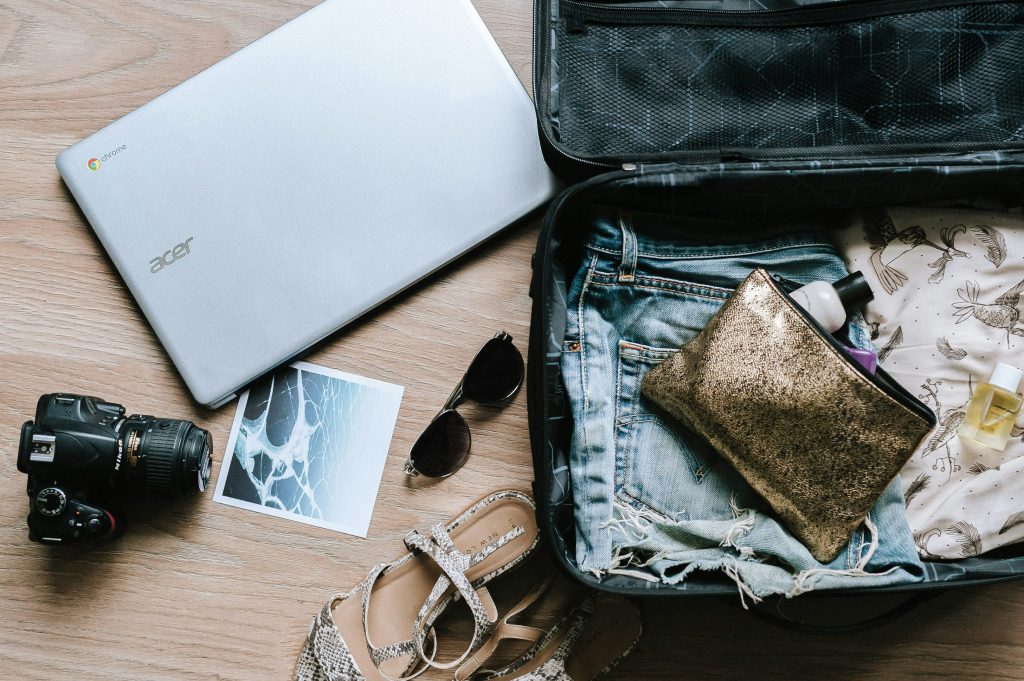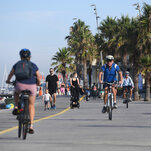Post-Pandemic Travel Patterns
How Global Health Crises Have Transformed the Way We Travel
The COVID-19 pandemic reshaped the world in countless ways, and few industries were as deeply impacted as travel. From empty airports and closed borders to digital health passes and remote work lifestyles, the way people move around the world has undergone a seismic shift. Now, in the aftermath of the global health crisis, a new era of travel is emerging—one defined by flexibility, wellness, digitalization, and a heightened awareness of safety.
As countries reopen and restrictions ease, it’s clear that travel is not simply returning to normal. Instead, it’s evolving in response to lessons learned, emerging technologies, and changing traveler priorities.
The Rise of Flexible and Purpose-Driven Travel
One of the biggest shifts in post-pandemic travel is the move toward flexibility. Travelers today want options—whether it’s the ability to change flights without penalties, cancel bookings last minute, or adapt itineraries based on changing regulations.
Airlines, hotels, and booking platforms have responded by offering more lenient cancellation policies, flexible date changes, and travel insurance tailored to pandemic-related disruptions. This new standard is not only reducing stress but also encouraging people to book with confidence in an unpredictable world.
Beyond flexibility, travel has also become more purpose-driven. After months or years of lockdowns, many travelers are rethinking their “why.” Instead of hopping from destination to destination, people are seeking experiences that matter—whether it’s reconnecting with family, exploring nature, volunteering abroad, or investing in personal wellness.
Domestic and Regional Travel Boom
While international tourism is gradually rebounding, domestic and regional travel has surged in many countries. With ever-changing border regulations and testing requirements, many travelers have turned to closer-to-home adventures that feel safer and more manageable.
In countries like the U.S., Australia, and Germany, road trips, national parks, countryside retreats, and hidden gems have all seen a revival. This trend has also led to the rediscovery of local cultures and lesser-known destinations, easing pressure on over-touristed hotspots and creating new economic opportunities in rural and secondary cities.
Digital Health Passes and Contactless Travel
One of the most significant innovations brought on by the pandemic is the integration of digital health tools into travel infrastructure. From vaccination certificates and negative test results to mobile health passports, digital solutions are now playing a central role in border entry and public safety.
Apps like the EU Digital COVID Certificate, IATA Travel Pass, and CLEAR Health Pass have made it easier for governments and airlines to verify travelers’ health status while streamlining the boarding process. Many airports have also upgraded to contactless check-in, biometric gates, and mobile boarding, reducing physical touchpoints and improving hygiene.
This “health-tech” revolution in travel is likely here to stay, with future versions possibly including real-time health monitoring, travel risk alerts, or integration with wearable health trackers.
Longer Stays and the Rise of “Workcations”
With the remote work revolution in full swing, the line between business and leisure travel has blurred. One of the standout post-pandemic trends is the rise of the “workcation”—a combination of working remotely while exploring new destinations.
Many professionals are now booking longer stays in destinations that offer a balance of productivity and relaxation. In response, Airbnb, resorts, and even cities are marketing themselves as remote-work-friendly hubs, offering extended-stay discounts, high-speed internet, coworking spaces, and lifestyle amenities.
Countries like Barbados, Portugal, and Costa Rica have even introduced digital nomad visas, making it easier for remote workers to live and work abroad legally for months at a time.
Traveler Priorities Have Shifted
Health and safety are now top priorities for travelers. From mask mandates to cleanliness scores, people are paying more attention to how a destination or provider handles hygiene and public health.
Sustainability has also gained momentum. The pandemic sparked a sense of reflection, with many travelers now seeking eco-friendly options, such as carbon offset programs, plastic-free hotels, and community-based tourism. There’s a growing emphasis on “slow travel”—spending more time in fewer places, traveling by train or bike, and supporting local economies.
Additionally, travelers are prioritizing personal well-being. Wellness retreats, nature-based escapes, and spiritual travel are on the rise, as people seek to recover from the emotional and physical toll of the pandemic.
Business Travel: A New Normal
Business travel, once a staple of corporate life, has undergone a radical transformation. During the pandemic, video conferencing replaced face-to-face meetings—and for many companies, it worked. As a result, business travel is now more selective and strategic.
Conferences, high-stakes negotiations, and client relationship-building still justify travel, but routine check-ins and internal meetings often remain virtual. Companies are also reassessing travel policies, factoring in sustainability goals, employee health, and cost-effectiveness.
While business travel will never fully disappear, it will likely remain smaller in volume but higher in value moving forward.
Travel Industry Adaptation and Innovation
To keep up with changing behaviors, the travel industry has had to innovate quickly. Airlines have adjusted routes and fleets, airports have implemented new sanitation technologies, and hotels are rethinking guest experiences.
Tour operators are offering private and small-group tours, tailored itineraries, and more outdoor activities. Cruise lines are redesigning safety protocols, and travel insurance providers are expanding coverage to include pandemic-related issues.
Tech companies are also stepping in, creating tools for real-time travel alerts, vaccine status tracking, and travel planning based on risk level. The result is a smarter, safer, and more user-focused travel ecosystem.

Looking Ahead: The Future of Travel in a Post-Pandemic World
As we look toward the future, one thing is clear: travel will never be exactly as it was before 2020—and that’s not necessarily a bad thing. The pandemic has encouraged a more thoughtful, responsible, and balanced approach to exploring the world.
Expect to see continued innovation in travel health technology, the rise of off-the-beaten-path destinations, and greater alignment between personal values and travel choices. The experiences travelers seek will be more meaningful, more flexible, and more deeply connected to community, sustainability, and wellness.
The post-pandemic travel era is not just about recovery—it’s about reinvention. Travelers have changed, and so has the world they explore. Whether it’s a weekend getaway close to home or a long-term stay across the ocean, travel is becoming more intentional, more digital, and more human.
And perhaps that’s the silver lining: in slowing down, the world may have rediscovered a more authentic way to travel.










